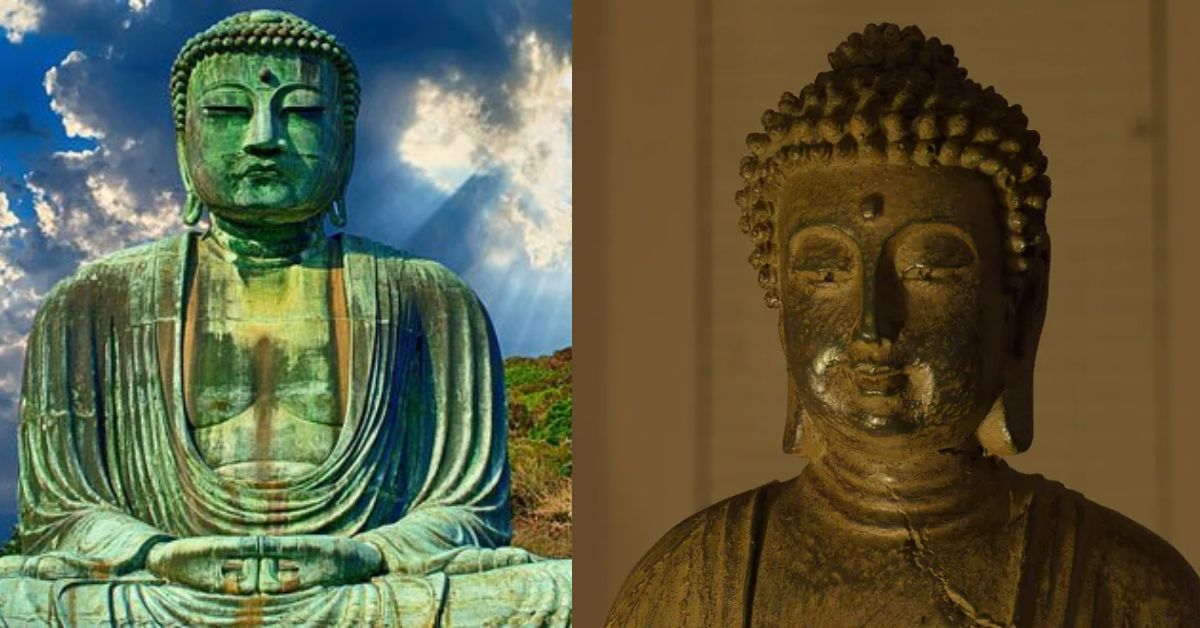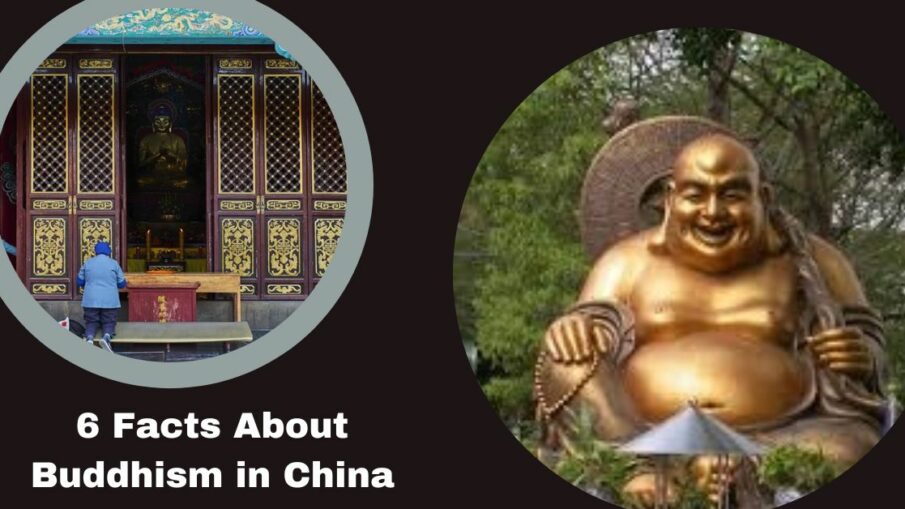Although Buddhism originated in India in the fifth century BCE, China has more Buddhists than India. Taoism, Confucianism, and Han Buddhism shaped traditional Chinese culture. In the current Pew Research Center poll, “Measuring Religion in China,” the following six data describe Buddhism in China.
The study examines data on registered Buddhist temples from the Chinese government as well as surveys carried out by Chinese academic institutions. Please find the complete post provided below for your reference.
1. In China, Buddhism is the Most Widely Practiced Religion
Not many people claim to be Buddhists. According to the 2018 Chinese General Social Survey, just 10% of Chinese adults formally identify as members of any religion, and only 4% of Chinese adults, or 42 million people, formally identify as Buddhists.

Formal affiliation, however, does not accurately represent the whole range of Buddhist practice and thought. Because they practice Buddhism alongside Taoism or folk religion, because they think only monks or nuns have the right to call themselves Buddhists, or because Buddhism does not require formal affiliation, many people in China who engage in Buddhist beliefs and practices do not identify as Buddhists.
2. A Third of Chinese Adults Believe in Buddha and/or Bodhisattvas
Based on research from the 2018 China Family Panel Studies (CFPS). A bodhisattva is an enlightened person who has decided to interact with the human world in order to benefit others, according to Buddhism.
According to the CFPS study, this group comprises 17% of Chinese adults who also believe in other deities such Taoist “immortals,” Jesus Christ, Allah, or Tianzhu (the term used by Chinese Catholics for God). Among Chinese adults, just 16% hold a solely bodhisattva or buddhist belief.
Respondents may simply be stating that they believe in the notion of Buddha (or other deities) because the Chinese phrase for “believe in” in this question, xiangxin, doesn’t always imply worship.
For access to additional factual information, please refer to the provided post below:
- The Mysteries of Space: 10 Fascinating Space-related Facts
- Discovering Nicaragua: 10 Intriguing Facts About This Central American Gem
3. Many Chinese Practitioners of Buddhism May Also Practice Folk Religion
Traditional Chinese religion often incorporates other faiths. Guanyin, also known as Avalokitevara in Sanskrit, is revered as a bodhisattva and a celestial person in Chinese folk religion. Guanyin is said to be able to grant wishes for personal happiness, economic success, and male children.
4. Buddhism Deeply Influences Taoism, Confucianism, and Chinese Folk Religion
In the 2016 CFPS study, 35% of Chinese burned incense to honor Buddha or other deities once a year and 11% once a month. Despite the fact that the Buddha is particularly mentioned in this query, it is considered to relate to burning incense to honor a variety of gods, including Taoist immortals and folk gods like Mazu and Guan Gong.
Buddhists have also embraced customs that are in line with the Confucian tradition of ancestor worship, such as praying for the comfort of departed ancestors, and they generally uphold the Confucian ideal of filial piety.
5. The Vast Majority of Chinese Buddhists Follow Han Buddhism
A school of Mahayana Buddhism that has long coexisted with other Chinese religious traditions. Numerous rulers supported Han Buddhism, particularly during the Tang dynasty (618–907), which aided in its national dissemination.
Currently, Han Buddhism is practiced at more than 80% of China’s officially recognized Buddhist temples. In rural areas of southern China, ethnic minorities generally practice Tibetan and Theravada Buddhism.
They have adopted ideas and customs from those areas and groups of people, much like Han Buddhism. Tibetan traditional religion Bon is included into Tibetan Buddhism. The majority of Theravada Buddhist communities also contain forests, which are revered as the sacred dwellings of gods and ancestors spirits.
Offerings of incense, food, and flowers, sutra reciting, and meditation are all part of the three Buddhist branches’ respective worship rituals.
6. The Chinese Government Officially Recognizes Buddhism as One of Five Religions
together with Catholicism, Islam, Taoism, Protestantism, and others. All forms of religion, including all schools of Buddhism, were outlawed during the Cultural Revolution (1966–1976). Today, the Chinese government imposes a “Sinicization” program, which, among other things, calls on non-Chinese religions to adopt Chinese customs and culture.
Han Buddhism is praised by the government for incorporating Confucian, Taoist, and other ancient Chinese beliefs and practices. But the government also examines a lot of Buddhists, particularly Tibetan Buddhists.
I hope that you find it to your liking. Please continue to follow Thegeofacts.com for further developments.


Leave a Reply